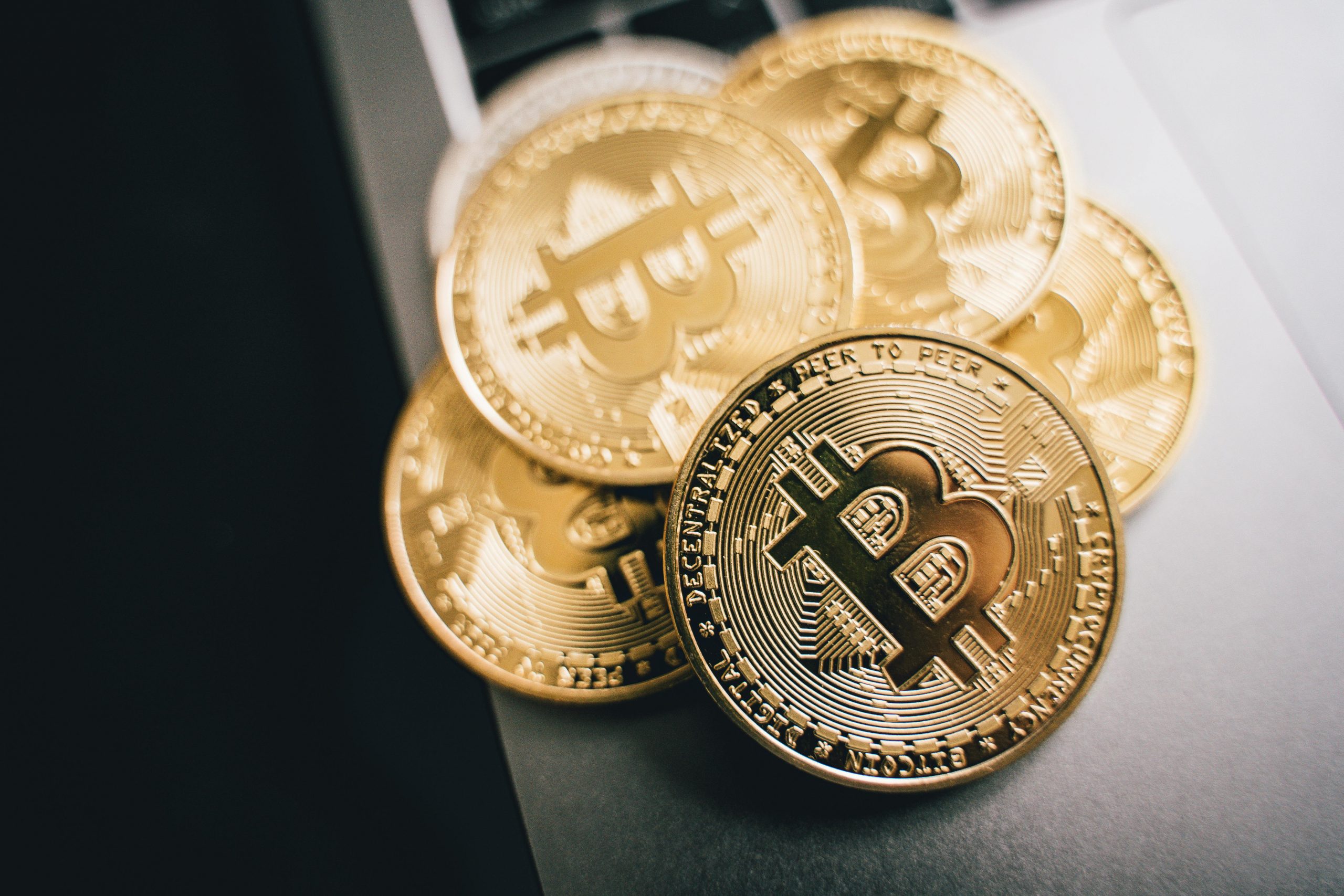Kelly
Editor

Bankhaus Metzler and MMS, a subsidiary of Deutsche Telekom, are testing a Bitcoin mining operation that uses excess renewable energy. The goal of this pilot project is to use the extra electricity produced by renewable energy sources, such as wind and solar, which are frequently left unused because of grid constraints and a lack of storage facilities. By rerouting this excess energy to power Bitcoin mining facilities, the project intends to improve energy efficiency and open the door for sustainable crypto-mining methods.
Although renewable energy sources like wind turbines and solar panels are essential for lowering carbon emissions, their output varies greatly depending on the weather. Significant quantities of excess energy may arise from this fluctuation, particularly in times of solid supply or low demand. This surplus energy is typically squandered because it is more than the system can absorb or store. By using this excess energy for Bitcoin mining, the pilot initiative between Deutsche Telekom and Bankhaus Metzler aims to stabilise energy production and consumption rates.
The joint pilot project, which receives operational assistance from Metis Solutions GmbH, involves RIVA Engineering GmbH, Bankhaus Metzler, and Deutsche Telekom’s subsidiary MMS. Situated in the Backnang headquarters of RIVA GmbH Engineering, it uses modular mining containers outfitted with equipment to turn solar-generated electricity into mining power. This configuration evaluates the viability of mining Bitcoin with renewable energy and acts as a model for further developments in environmentally friendly crypto-mining techniques.
Bitcoin mining is presented in this creative idea as a dynamic load control technology that can balance the grid’s supply and demand for power. To create a responsive and adaptable energy consumption model, Deutsche Telekom and its partners want to integrate Bitcoin mining activities, which may be scaled up or down in response to electricity availability. By enabling the transformation of excess renewable energy into a valuable digital asset, this strategy may be especially advantageous in periods of energy excess, minimising waste and stabilising the system.
The pilot’s primary goal is to determine whether Bitcoin mining can be used as a regulatory instrument to control and stabilise the energy system by absorbing excess renewable energy. Detailed information on energy consumption trends, efficiency indicators, and insights on the scalability of such a model throughout Germany are among the anticipated results. If this pilot project succeeds, the technology may be used in more widespread applications, providing renewable energy producers with a practical means of making money from excess power and promoting a more reliable and sustainable energy system.
Oliver Nyderle of Deutsche Telekom has dubbed this concept “digital monetary photosynthesis” since it creatively blends blockchain technology with renewable energy. The project may establish a standard for environmental sustainability in the blockchain industry by turning excess energy into virtual money. This strategy solves the problem of wasted renewable energy and offers a potentially profitable application of blockchain technology in energy management, balancing financial rewards with environmental advantages.
The pilot project between Bankhaus Metzler and Deutsche Telekom exemplifies a creative application of Web3 technology in the energy industry, highlighting the critical role blockchain may play in environmental sustainability. This project demonstrates how Web3’s decentralised and transparent nature may help close gaps between different sectors, such as energy and finance, by leveraging Bitcoin mining to manage excess renewable energy.
Here, blockchain technology is used for more than just financial transactions; it creates a system that allows real-time tracking and optimisation of energy distribution and consumption. In addition to increasing efficiency, this guarantees a clear audit trail of energy use and carbon footprint, essential for environmental reporting and regulatory compliance. Additionally, the initiative may encourage the creation of new blockchain-based apps that provide incentives for generating and consuming renewable energy, including smart contracts that initiate transactions automatically when specific energy production criteria are reached.
Other industries aiming to address comparable sustainability issues may find this use of Web3 technology to be a model. It represents a move towards adopting blockchain not only for financial benefit but also as a fundamental technology that underpins significant societal developments, such as encouraging environmentally friendly energy use and minimising negative environmental effects. This wider impact may inspire further industries to investigate and use Web3 technologies, promoting sustainability and innovation simultaneously.